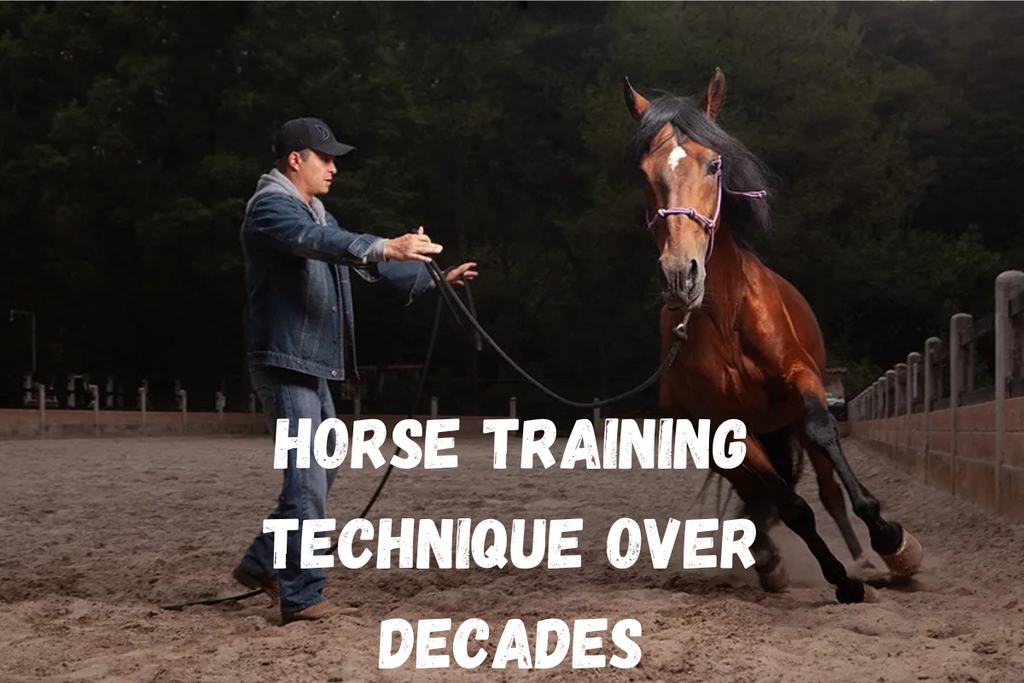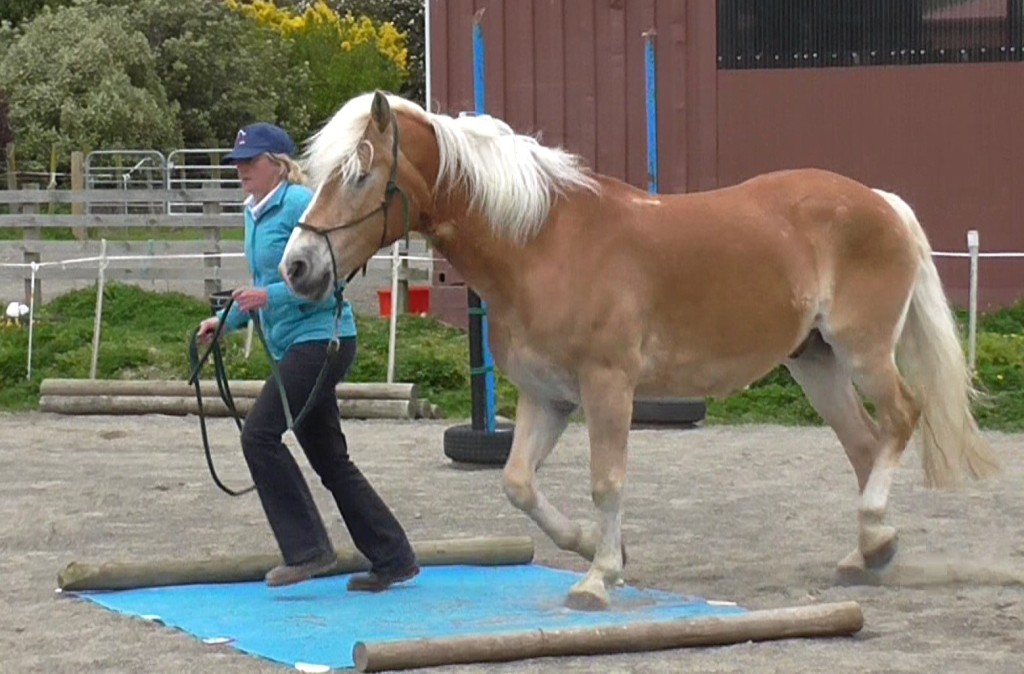Clicker Training for Horses: Science-Based Methods

Clicker training is a positive reinforcement technique that has gained popularity in horse training due to its effectiveness and humane approach. This article explores the science behind clicker training, practical methods, and benefits for both horses and trainers.
What is Clicker Training?

Clicker training uses a distinct sound—a clicker—to mark desired behaviors, followed by a reward, usually a treat. This method relies on operant conditioning principles, where the clicker acts as a conditioned reinforcer, helping horses understand exactly which behavior earned the reward.
The Science Behind Clicker Training
- Operant Conditioning: Developed by B.F. Skinner, operant conditioning involves reinforcing behaviors to increase their frequency. The clicker serves as a precise marker that bridges the gap between the behavior and the reward.
- Positive Reinforcement: This method encourages horses to repeat behaviors by rewarding them, making training a more enjoyable experience.
- Timing and Consistency: Critical factors in effective clicker training. The click must immediately follow the desired behavior to create a clear association.
Benefits of Clicker Training for Horses
| Benefit | Description |
|---|---|
| Clear Communication | Horses quickly learn which behaviors are rewarded. |
| Reduced Stress | Positive reinforcement reduces fear and anxiety. |
| Enhanced Learning Speed | Precise feedback accelerates training progress. |
| Strengthened Bond | Builds trust and cooperation between horse and trainer. |
Step-by-Step Guide to Clicker Training Horses
- Introduce the Clicker: Pair the click sound with a treat several times until the horse associates the click with a reward.
- Mark Desired Behaviors: Click immediately when the horse performs the target behavior.
- Reward Promptly: Follow the click with a treat to reinforce the behavior.
- Shape Complex Behaviors: Break down complex tasks into smaller steps, rewarding each approximation.
- Fade Treats Gradually: Replace treats with praise or other rewards to maintain behavior.
Common Challenges and Solutions
- Distraction: Train in a quiet environment initially.
- Timing Errors: Practice to improve click timing.
- Overfeeding Treats: Use small, healthy treats and vary rewards.
Frequently Asked Questions (FAQ)
Q1: How long does it take to train a horse using clicker training?
A1: Training duration varies by horse and behavior complexity but often shows faster results than traditional methods.
Q2: Can clicker training be used for all horse breeds?
A2: Yes, clicker training is effective across breeds as it focuses on behavior, not breed-specific traits.
Q3: What if the horse doesn’t respond to the clicker?
A3: Ensure proper conditioning by pairing the click with treats consistently; patience is key.
Clicker training offers a scientifically grounded, compassionate approach to horse training that benefits both the animal and the trainer. By understanding and applying these methods, trainers can achieve more effective and enjoyable training sessions.
Would you like me to help improve the clarity or add more examples to this article? Here are some follow-up tasks you might consider:
- Expand FAQ section with more questions
- Add real-life training success stories
- Include a troubleshooting guide for beginners
